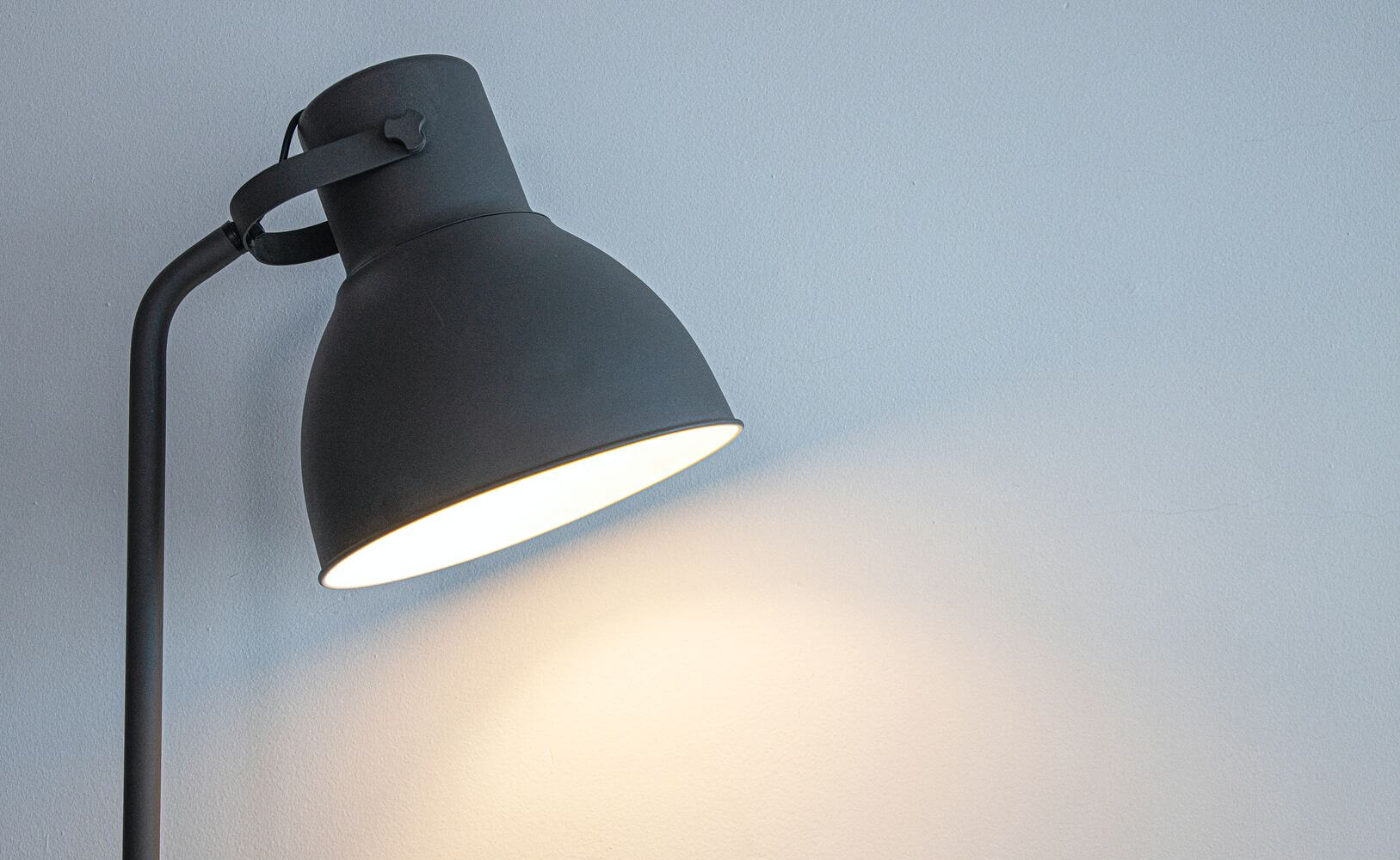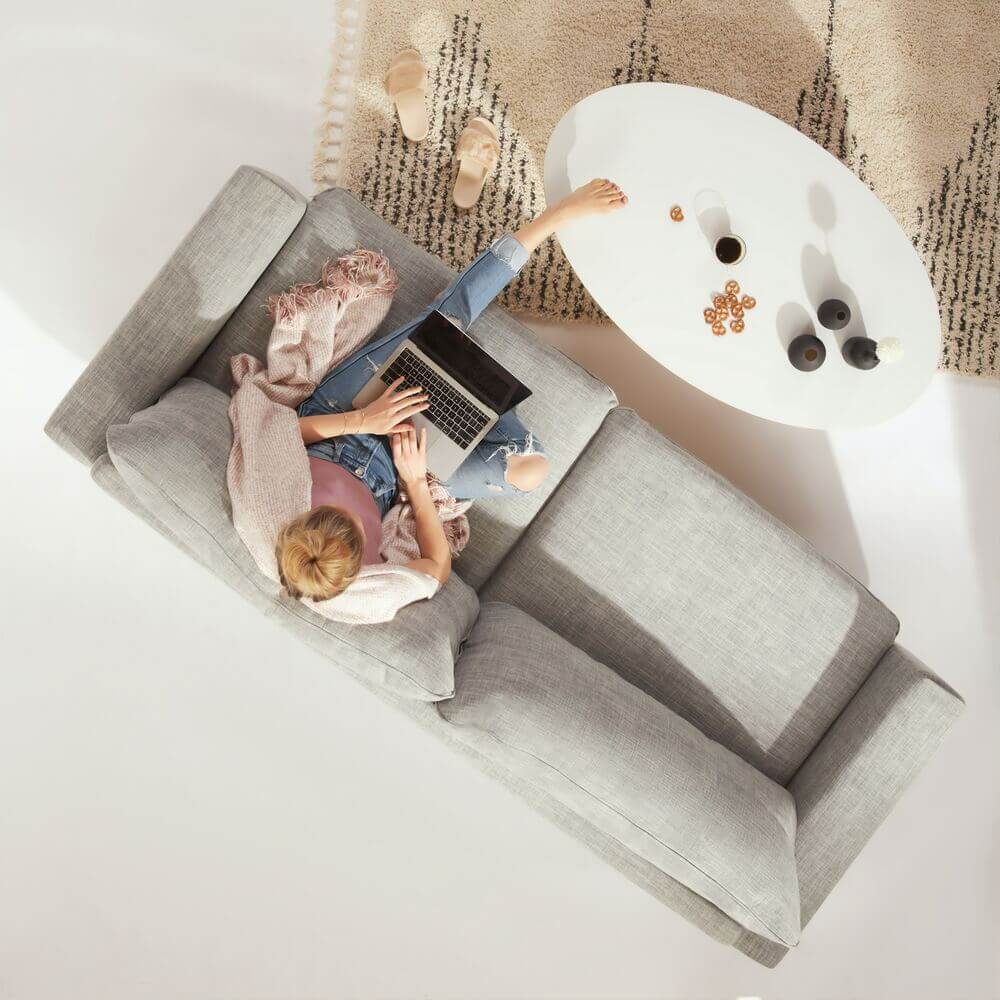Choosing the right colors for your living room can have a significant impact on the room's atmosphere and mood. In this article, we'll provide some helpful tips and inspiration to help you design a color scheme for your living room.
The importance of choosing colors in the living room
The colors you choose for your living room can have a significant impact on your mood and well-being. Bright, vibrant colors can convey energy and joie de vivre, while steamy, calming colors can create a relaxing atmosphere. It's important to choose the right color scheme to ensure your living room reflects your personal preferences and needs.
How colors affect mood
Colors have a strong psychological effect on our mood and feelings. Warm colors like red and orange can create an inviting and cozy atmosphere, while cool colors like blue and green can convey a sense of calm and relaxation. Keep these effects in mind when promoting your color concept.
The psychology behind colors
Each color has its own psychological meaning . For example, red symbolizes passion and energy, yellow represents joy and optimism, blue radiates calmness and peace, and green conveys a sense of naturalness and harmony. Think about the mood or atmosphere you want to create in your living room and choose colors accordingly.
Another aspect to consider when choosing a color for your living room is the room's size. Bright colors can make a space feel larger and more open, while dark colors can visually diminish it. So, if you have a small living room, you can create an airy and spacious atmosphere with light colors like white, beige, or pastel shades. For small rooms, it's also worth considering modular sofas . This allows you to save a significant amount of space in the room while still allowing you to utilize other elements.
An interesting fact is that colors can also influence the indoor climate. Dark colors absorb more heat and can therefore help sunny rooms warm up faster. Light colors, on the other hand, reflect light and can keep the room cooler. So, if you have a living room that receives a lot of sunlight, you may want to choose bright colors to ensure a comfortable temperature.
Another important aspect is color combinations. You can combine different colors to create interesting contrasts or to set a specific mood. For example, you can combine warm colors like red and orange with cool colors like blue and green to achieve a balanced and harmonious look. Experiment with different color combinations to find the perfect color scheme for your living room.
Besides the wall colors, you should also consider the colors of the furniture and decorative elements in your living room. These should harmonize with the color scheme and create a unified atmosphere. For example, if you want to create a calming and relaxing atmosphere, you can choose furniture and decorative elements in cool colors like blue or green.
In summary, the choice of colors in the living room plays a significant role in creating the desired atmosphere and ambiance. Consider the psychological meaning of the colors , the room size, the indoor climate, and the combination of colors to develop a harmonious and attractive color scheme. Take your time to experiment with different colors and ultimately choose the ones that best suit your personal style and needs.
Find your modular dream sofa with washable and convertible references – a sofa that adapts to your needs and color schemes!
Basics of color design
To create a harmonious color concept for your living room, it is important to understand the basic principles of color design.
Understand color harmonies
Color harmonies are combinations of colors that are visually appealing and work well together. There are different types of color harmonies, such as monochromatic, complementary, and analogous color schemes. To create a harmonious color scheme for your living room, consider different color harmonies and see which one best suits your personal style and furnishings.
The role of light in color choice
The natural and artificial light in your living room can influence your perception of color. Consider how the light falls in your room and how it affects the colors. Bright colors can make the room appear larger and more open, while darker colors can create a more cozy atmosphere. Experiment with different colors and observe how the light affects you to achieve the best results.
Five tips for choosing the right color concept
Start with the color you love
The living room is a place where you spend a lot of time, so choose a color you like and feel comfortable in. Start with a main color you love and then build the color scheme. For example, if you love blue, you could create a teal color scheme for your room.
Consider your furniture and decorations
Your furniture and decorations should also fit into your color scheme. If you already have furniture or decorations that you want to keep, choose colors that harmonize well. This way, you can create a cohesive and attractive overall look.
Experiment with different colors
To add dimension and interest to your living room, you can use different colors. For example, use different shades of the same color to create depth and contrast. Experiment with different color combinations until you find the perfect balance.
Inspirations for color concepts in the living room
Monochromatic color schemes
A monochromatic color scheme consists of different shades of the same color. This color concept can convey subtle elegance and refinement. For example, you can use different shades of blue to create a cool and soothing color scheme.
Complementary colours for a bold look
If you prefer a bolder and more striking color scheme, you can work with complementary colors. Complementary colors are colors that are opposite each other on the color wheel and complement each other. For example, you can combine blue and orange to create a dynamic and contrasting color scheme.
Natural colours for a relaxing atmosphere
If you want to create a soothing and natural atmosphere in your living room, consider using natural colors. Earth tones like brown, beige, and green can create a warm and inviting atmosphere while also fostering a connection with nature.
Mistakes to Avoid When Choosing Colors
Use too many colors
It can be tempting to incorporate many different colors into your color scheme, but too many can become overwhelming and make the overall look chaotic. Try to focus on a limited color palette and choose a main color to define the color scheme. Then complement this main color with one or two accent colors to achieve a balanced and harmonious look.
Ignore color trends
Color trends can be a great source of inspiration, but it's important to consider your personal style and taste. Don't ignore colors you really like just because they're not currently in style. The most important thing is that you feel comfortable and happy in your living room, regardless of current trends.
With these 5 tips and inspirations, you can create a color scheme for your living room that reflects your personal style and preferences. Experiment with different color harmonies, tones, and textures to create a room that's inviting, cozy, and stylish.


